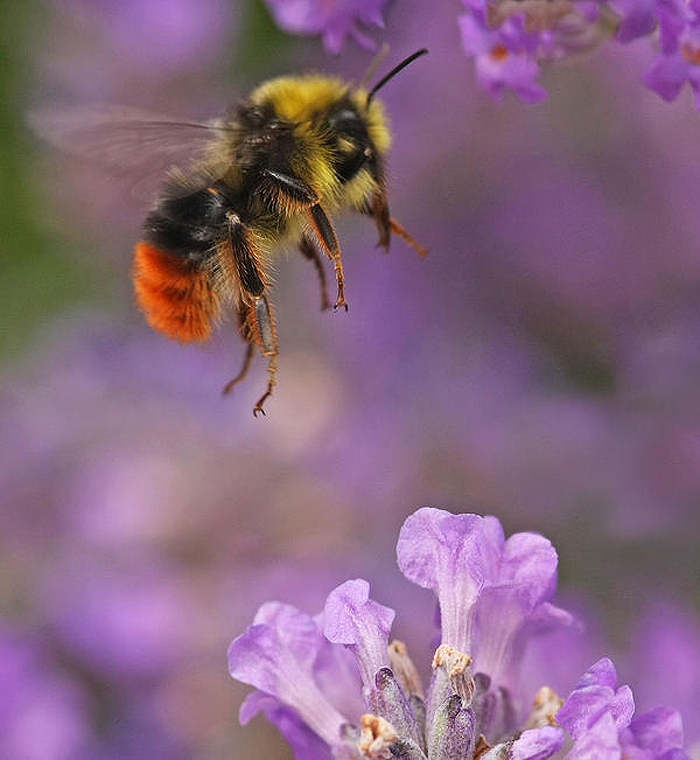
Bildkälla:
http://foter.com/photo/bee-tween-flowers/
Landning
på gång för en humla. Men det är ingen vanlig humla utan en
snylthumla/gökhumla. den oranga baken avslöjar humlan.
![]()
Landing for
of a bumblebee.
But this is not an ordinary
bumblebee but
cuckoo bumblebee.
The orange backside
reveals the special bumblebee
species.
As you hear from
the name the bumblebee
act as a cuckoo,
sponging on others. They
said that they
"live like parasites
in bumblebee nests. The
cuckoo bumblebee
resembles a
queen in size
and coloration
but lack the ability to
self collect
pollen on their hind legs
and start
a community. She
is dependent on going into
an already established
bumblebee nest and lay
their eggs. There are
nine different species of
cuckoo bumblebee
in
Sweden.
They often specialize in
sponge with
a special
bumblebee
species.
Cuckoo
bumblebee
form a
cohesive group that has long
been regarded as a separate
genus (Psithyrus)
but now
more included among
other bees
in the genus
Bombus. "
Retrieved from
ArtDatabanken
http://www.artdata.slu.se/Humlor/snylthumlor1.htm